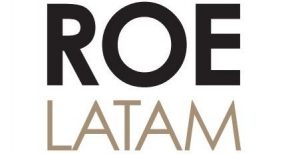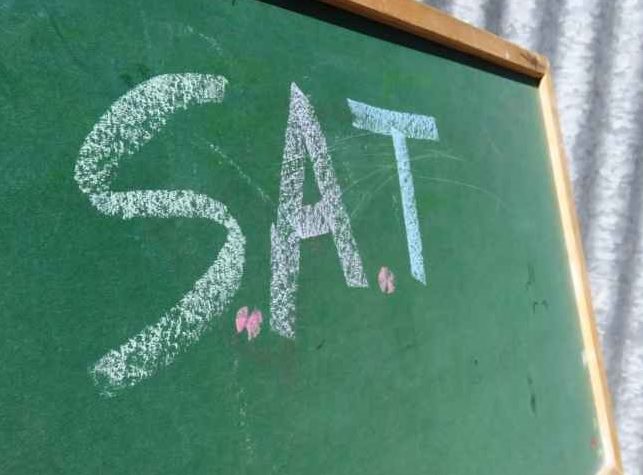What is an RFC?
The RFC is a code that has 13 characters, including the initials of the person or company’s name, the date of birth or incorporation, and three more symbols called “homoclave” set by the SAT (Mexican Tax Authority).
Each RFC is a unique and unrepeatable number.
Initially, the RFC number was exclusively to pay taxes in Mexico.
Yet, today it is also required to open bank accounts, obtain credit cards, access social security programs, and contract several utilities, including electricity and phone.
Nonresidents mean anyone who does not have a temporal or permanent residency card (including tourists).
Do Expats need an RFC?
An ex-pat requires an RFC number to execute economic activities in Mexico; this includes working, selling, buying, leasing, etc.
In recent years various legal reforms have been approved in Mexico due to a large amount of tax evasion and informal trade in the country.
For this reason, some services now require the RFC to contract them, such as Electricity (CFE).
Having an RFC number doesn’t necessarily mean that the ex-pat has to pay taxes in Mexico.
There are various exceptions and international taxation agreements, and each case is different.
Three Steps to get Mexican RFC as an Expat
Step One Make an appointment at the local SAT office.
The first step is to make an appointment at the local SAT office.
You can schedule an appointment at this link: https://www.sat.gob.mx/tramites/52268/agenda-una-cita
Step Two Provide complete documentation.
The SAT will request the following documentation:
Current immigration document. (original).
That is your FMM, Permanent or Temporal Residency card.
Proof of address (original), the following docs are accepted:
- Bank account statement in Mexico in the name of the ex-pat, not older than four months.
- Last property tax receipt must not be older than four months.
- The last receipt for electricity, gas, cable, internet, telephone, or water utilities in the ex-pat’s name, not older than four months.
- Leasing or sub-leasing contract. The landlord or sub-landlord must be registered and active in the RFC, current in its tax status and obligations, and filing rental taxes for the leased property. The ex-pat has to be the tenant.
- Trust (Fideicomiso) duly formalized before Notary Public, in the name of the ex-pat.
- Electricity, telephone, or water bill in the name of the ex-pat, which is not older than two months.
- Letter of residency in the name of the ex-pat issued by the State, Municipal or similar Governments in Mexico, which is not older than four months.
One of the following ex-pat’s IDs:
- Passport
- Mexican driver’s license
- CURP ID
- An official document including the Tax ID or Social Security Number of the ex-pat back in the home country. This document has to be legalized in Mexico through a Notary Public. If it is not in Spanish, it must be translated by an official translator in Mexico.
Step Three Pick up your RFC
After reviewing all the documentation, you will need to answer some questions and take your fingerprints.
Next, the public official will give you your RFC number.
This number does not change and will remain linked to the expatriate forever.
Obtaining your RFC number as an ex-pat is mandatory for several procedures and services.
Every day more services are requesting an RFC number to contract.
Getting your RFC can be tedious and time-consuming, and you need to be very careful about the documentation you provide.
You must also be extremely careful in properly registering yourself on the SAT.
Otherwise, you may end up paying taxes that you should not.
Feel free to contact me at online@roeltam.com if you need clarification.
If you have found this post to be useful, we kindly request you to share it with others who may benefit from its insights. Additionally, we invite you to explore these other posts that delve into related topics:
- How to get a Mexican senior benefits card (INAPAM)
- How to get a Mexican driver’s license?
- What’s a Restricted Zone Trust (Fideicomiso de Zona Restringida)?
- The Ultimate Road Trip: Exploring the Enchanting Route from Tijuana to Los Cabos
- Unlocking the Benefits: How to Utilize American Health Insurance in Mexico
- Renting Property in Mexico: Guidelines and Expert Insights





